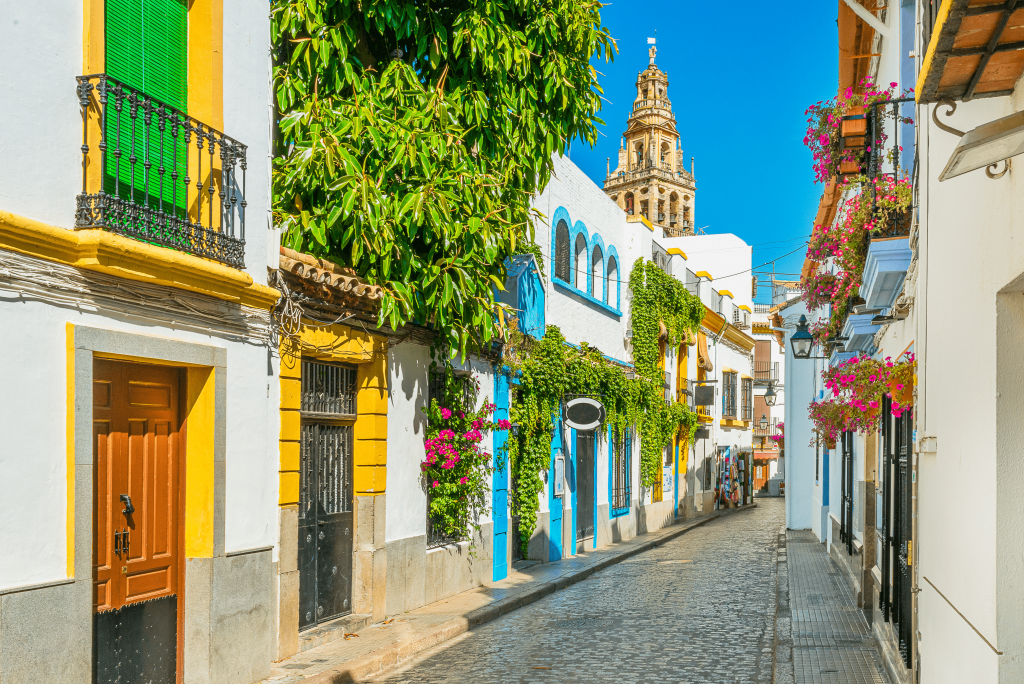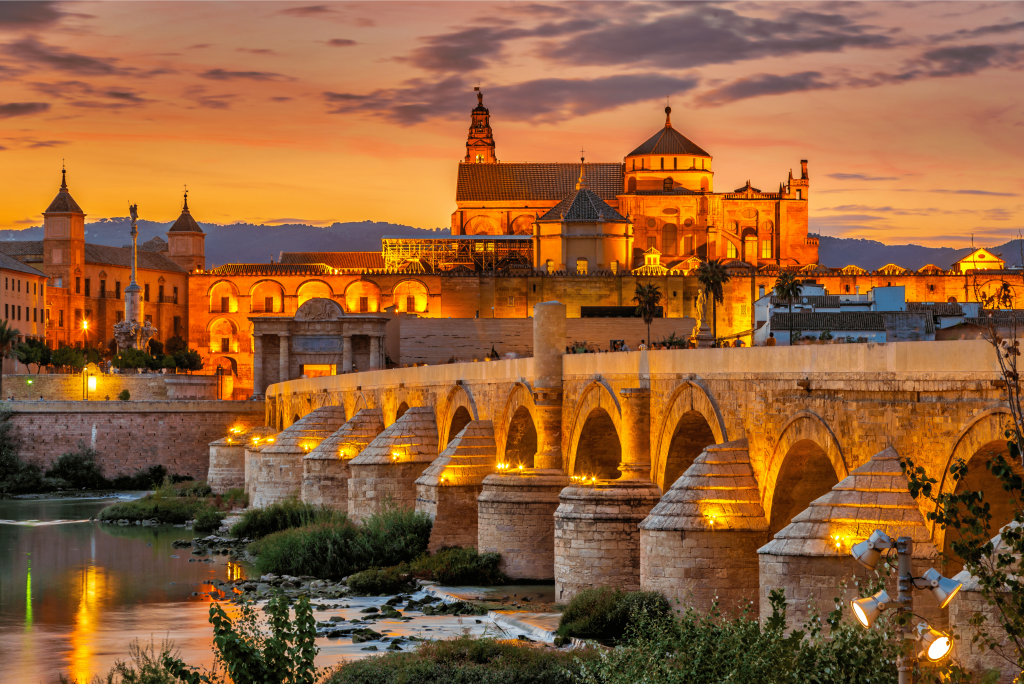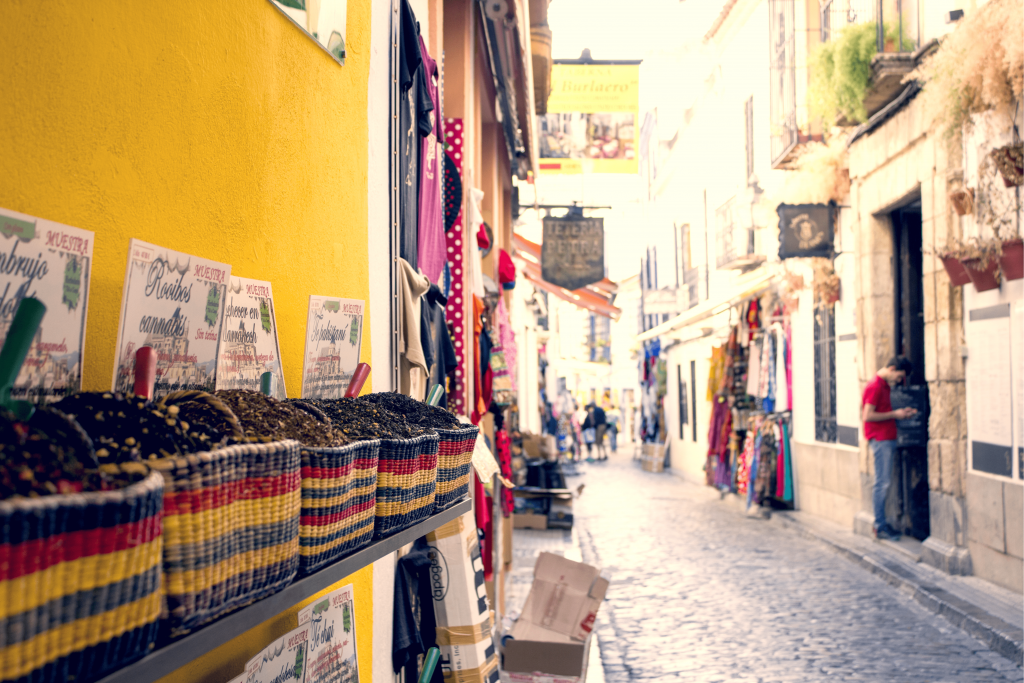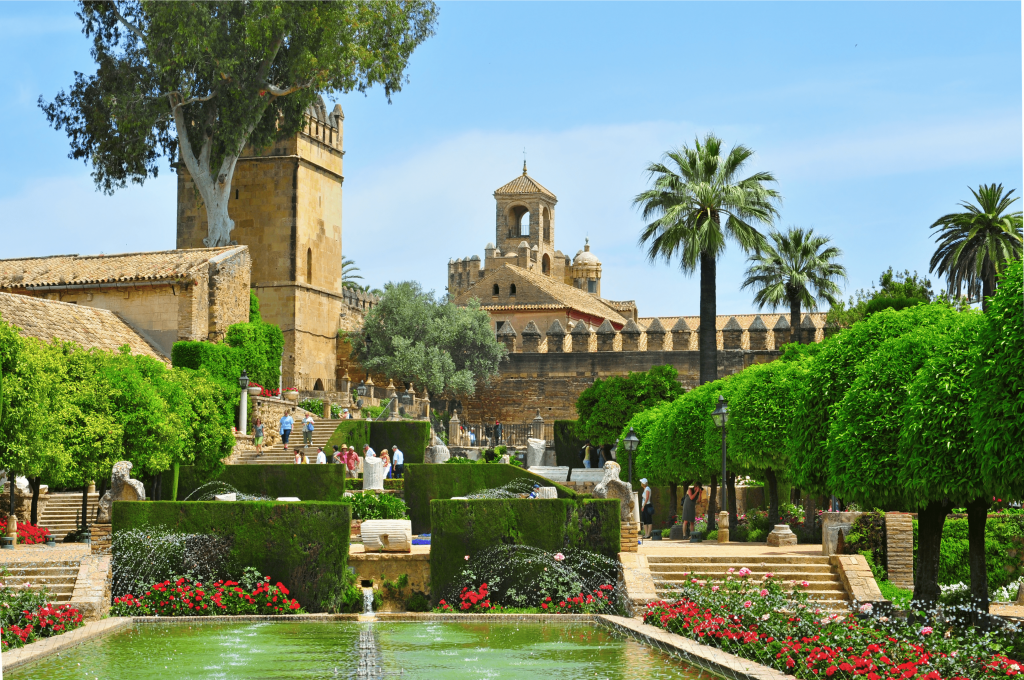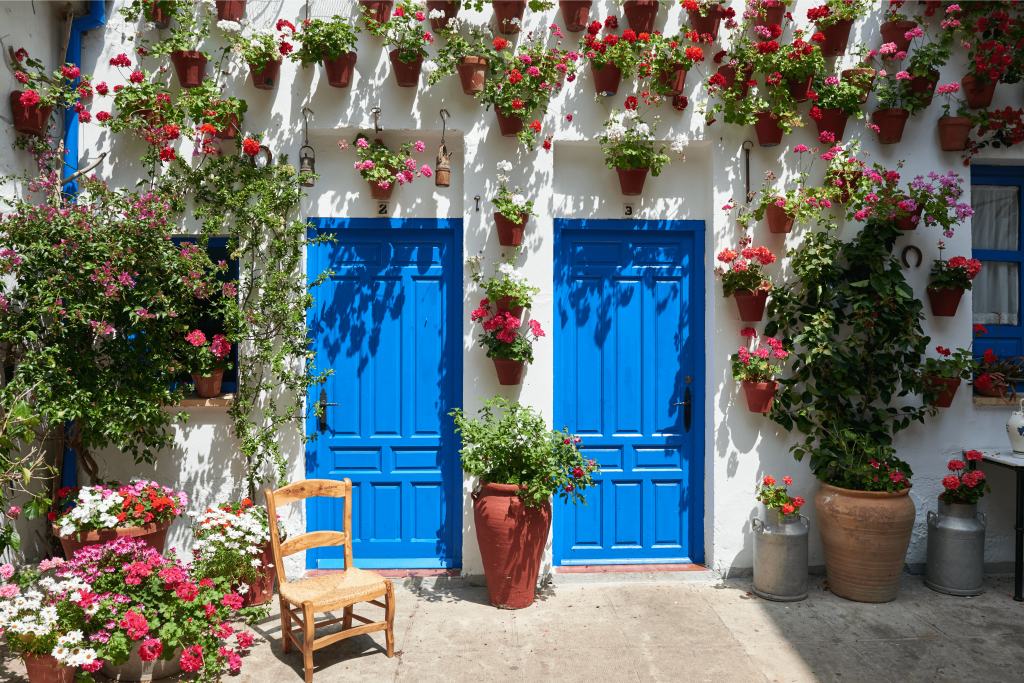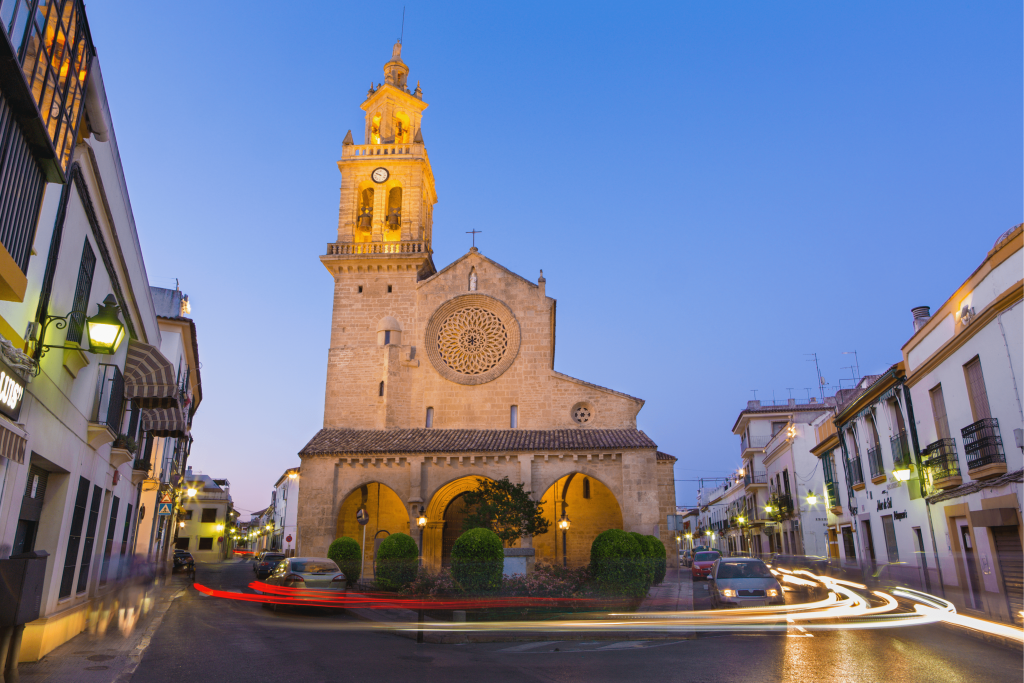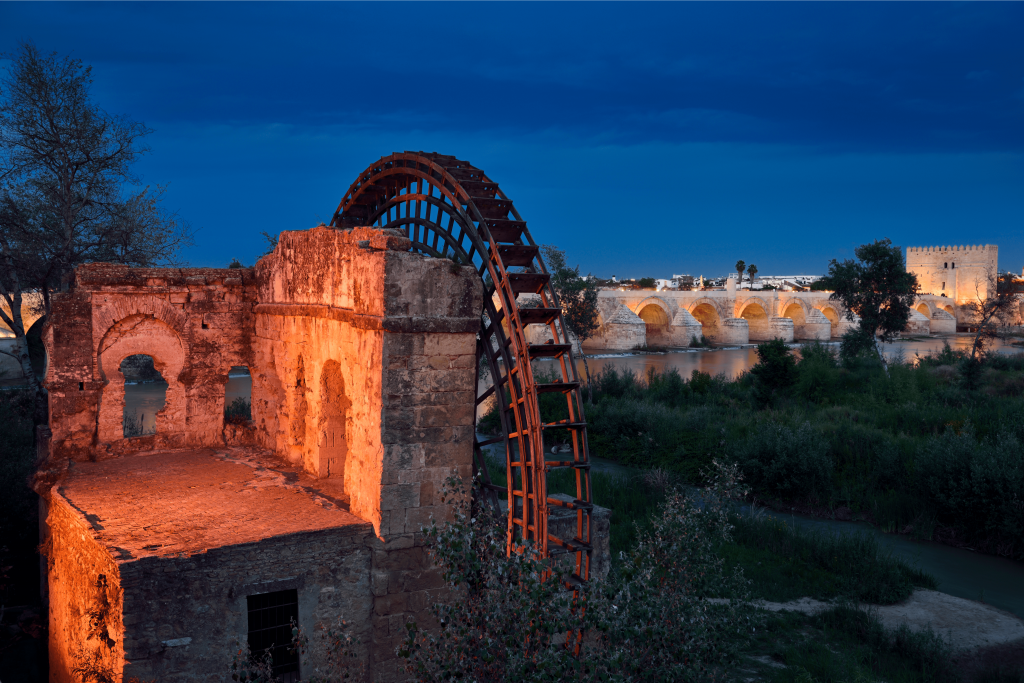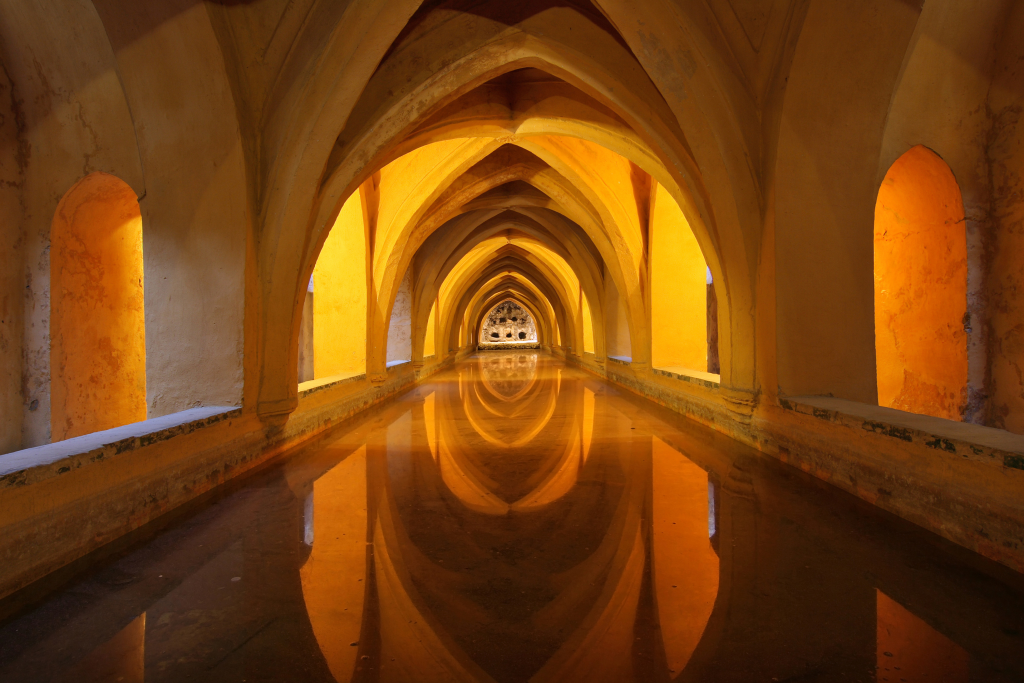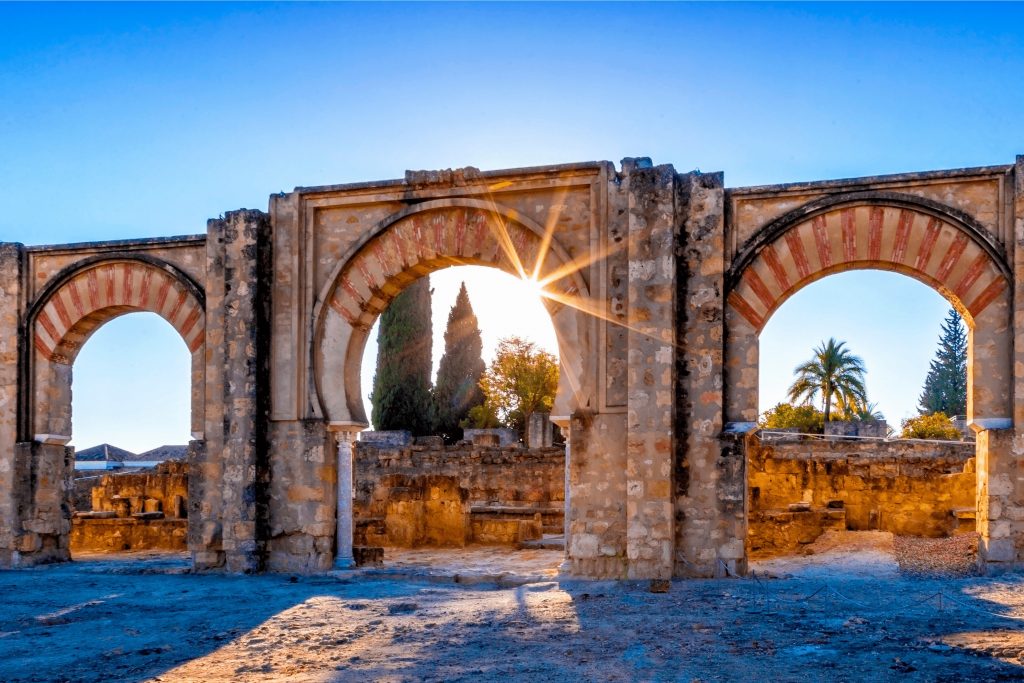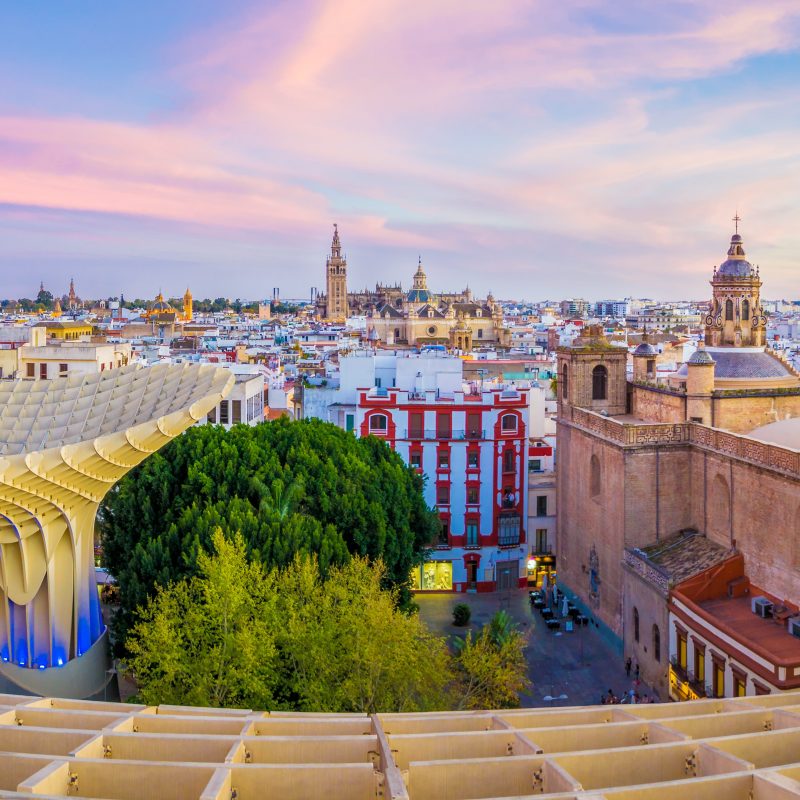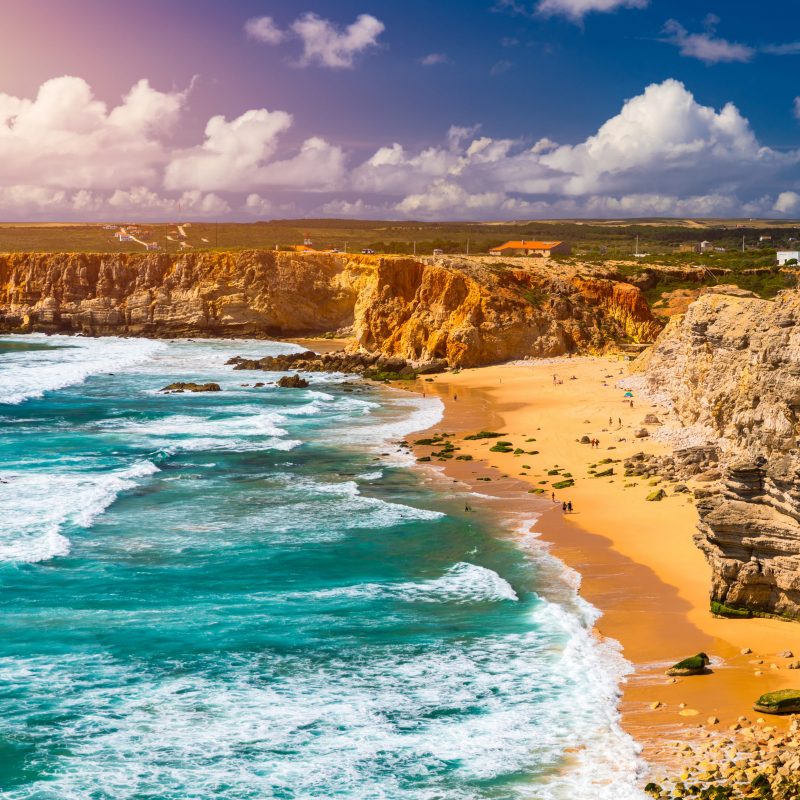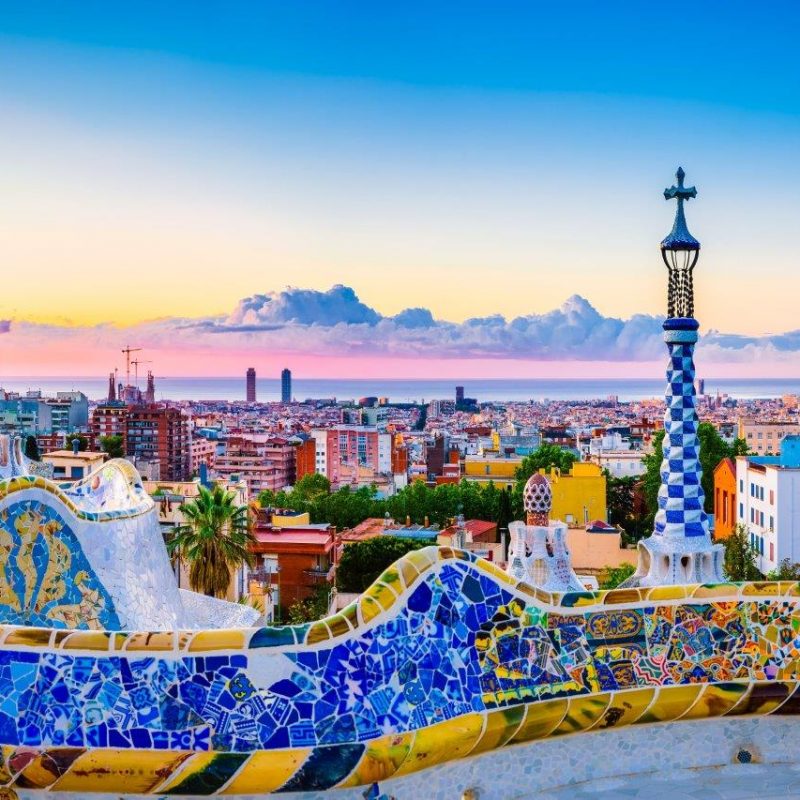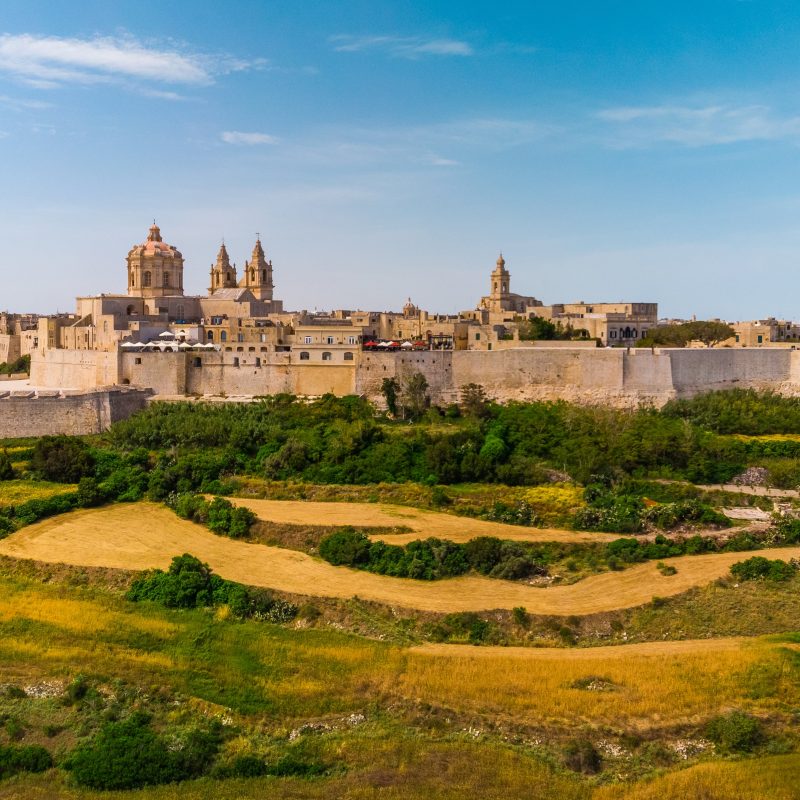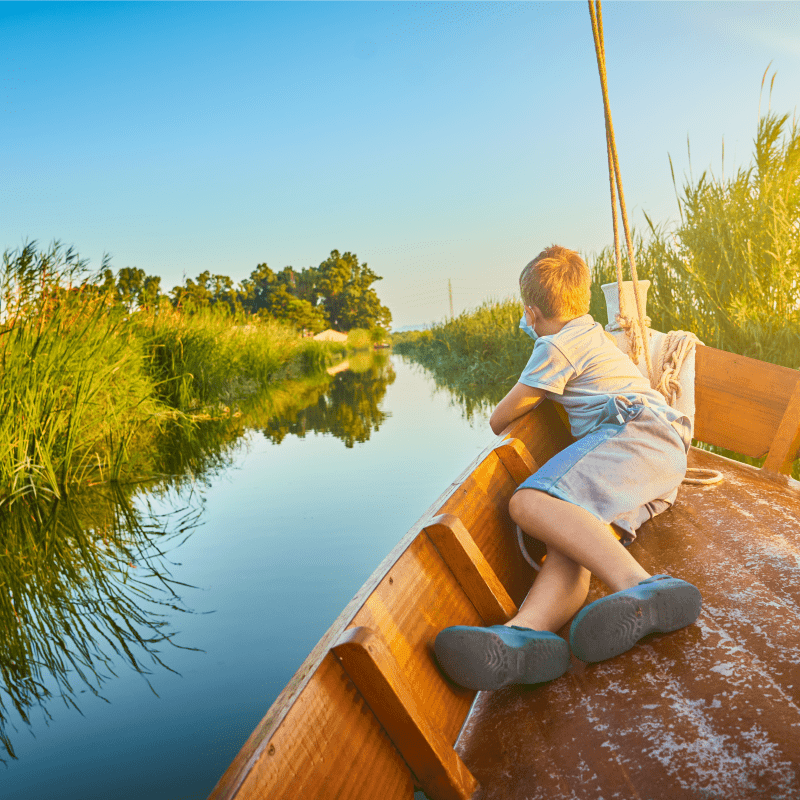By Patricia Tellez-Francisco
Located in the northernmost part of the Guadalquivir Valley, the city of Cordoba bears witness to over two thousand years of history; it also has a unique charm, as evidenced by no less than four UNESCO World Heritage Site declarations.
Its rich heritage is part of its own identity. On its stones, in its corners, at the lullaby of its fountains, the visitor will be able to connect with the essence of time itself.
Here are our favourite 9 icons of this incredible, culturally rich city of heritage in southern Spain.
9. The Old Town
The historic centre of Cordoba, one of the largest in Europe, which has largely preserved its original medieval urban layout, was declared a World Heritage Site by UNESCO in 1982. Immerse yourself in the limits of history through its narrow streets, discover the Jewish quarter, the typical houses, the Faculty of Philosophy and Letters (the old leper hospital from the 18th century), the Roman Bridge, guarded by the Bridge Gate and the Calahorra Tower (with an Islamic floor plan and one of the city’s border towers).
Within the historical centre, there are two very well known and peculiar streets full of unique beauty which we recommend you discover for yourself: Calle del Pañuelo and Calleja de las Flores.
8. Mosque-Cathedral
Although acclaimed by all visitors, it is one of the genuine points of the city. The only mosque which is not oriented towards Mecca and has a cathedral in its heart, designed by the architect Hernan Ruiz, under the orders of Carlos I ! It is a spiritual experience to walk through the so-called forest of columns, visit the Mirab and end up discovering, in a halo of light, the Gothic Cathedral’s choir, almost imperceptible from the outside. In addition, it is recommended that you go up to its Minaret, where you will get a privileged view of the city.
7. The Jewish Quarter
One of the most famous and extensive in Spain, it houses the Cordoba synagogue which, in turn, is one of the three remaining synagogues in the country. After the expulsion, all the Jewish cultural heritage was destroyed or reused for other purposes. Built in the 13th century, it was preserved thanks to the Christian chapel that was founded within its walls, and is today a real attraction for the city. Cordoba’s Jewish past is of vital importance in understanding a multitude of gastronomic and cultural customs and traditions.
6. Alcazar of the Christian Kings
Although its foundation is Islamic, being one of the palaces of the Almohad leaders during the Middle Ages, with the Christian conquest, it became the habitual residence of the Catholic Kings. Later enlarged and converted into the seat of the Holy Inquisition, it has an austere interior decoration – which perfectly describes the spirit of Cordoba – and gardens that invite long walks and introspection.
5. The San Basilio Quarter
known as the Cordoba Patios Quarter, this is a complex within the walls of the old city, situated right at the foot of the Alcazar de los Reyes Cristianos and the Caballerizas Reales. The festival of the Patios of Cordoba was declared Intangible Cultural Heritage by UNESCO in 2012. In this area I can see the essence of the typical Cordovan courtyard houses, where red carnations contrast with brightly coloured geraniums and everything grows in harmony. Although the official time of year to visit them is in May, the Association of Friends of the Patios in the neighbourhood is enabled to visit an example of a Cordovan patio during the low season, as is the Museum of the Patios in Calle Trueque.
4. Fernandine Churches
For all the art history enthusiasts, these churches are a unique example of the transition between Romanesque and Gothic. They were erected where the neighbourhood mosque was located. There are a total of 11 Fernandine churches throughout the city. The most impressive is the Church of San Lorenzo, with perfectly preserved 14th century frescoes; the Church of La Magdalena, far from the typical tourist flow of the city; the Church of Santa Marina and the Church of San Hipólito.
3. Sotos de la Albolafia Natural Monument
If you prefer a good walk in nature, you are in luck. Without leaving the city, Cordoba has a Natural Monument on the banks of the Guadalquivir River. Here you can find a great variety of birds that live in harmony with the daily comings and goings of the passers-by.
2. The Caliphate Baths of Cordoba
Built under the Caliphate of Alhakem II, they form a group of rooms with ashlar walls. They are closed with vaults, supported by ultra-circular arches on marble capitals and columns. Today they represent one of those monuments little known by tourists and well appreciated by Cordovan society.
1. Medina Azahara
Without doubt the jewel in the crown of Cordoba, the Medina was recently declared a World Heritage Site by UNESCO, and is an incredible archaeological site. The dream come true of Caliph Abderraman III, located only 12 kilometres from the capital, only 30% of which has been excavated, is the Andalusian Pompeii.
Organized in three contiguous terraces, the visitor can walk through the different streets, be received in the visitors’ hall; pass by the GREAT DOOR and the parade ground, as well as visit the surroundings of the Salón Rico. This archaeological site has an interpretation centre for visitors, where they can obtain all the necessary information beforehand.
Although we insist, Cordoba is a city to get lost in and enjoy the greatness of time and history. Only an hour and a half from Seville, this city that goes unnoticed keeps a great number of treasures in its corners.
We encourage you to get to know them all!

